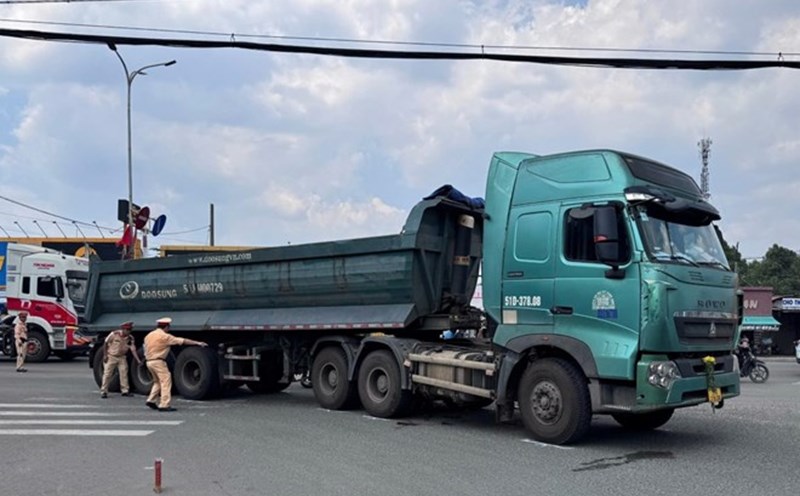According to Reuters, the Hamas ceasefire agreement includes the return of all Israeli hostages in exchange for the release of Palestinians held in Israel, as well as ending the conflict and rebuilding Gaza.
In a television speech, Khalil Al-Hayya, Hamas leader in Gaza and head of the negotiation team, affirmed that the organization no longer accepts temporary agreements. He accused the Israeli Prime Minister Benjamin Netanyahu government of using partial agreements as a tool to continue the war and impose policies of destruction and poverty on Gaza.
Instead, Hamas demanded a comprehensive negotiation package, in which all remaining hostages would be released in exchange for the end of the conflict, the release of Palestinian prisoners and the reconstruction of this heavily devastated land. Hamas also rejected Israel's proposal to dis arm the country, calling the condition "un acceptable".
Israel has previously proposed a 45-day ceasefire to facilitate the release of hostages and initiate indirect negotiations to end the conflict. However, the latest negotiations on April 14 in Cairo (Egypt) have not made progress, while both sides continue to blame each other for the deadlock.
Reuters quoted a spokesman for the US National Security Council, James Hewitt, as saying that Hamas is not really seeking peace but only wants to prolong the violence, while affirming that the conditions set by the Trump administration will not change: "Leave your children hostage or face hell".
On April 17, Israeli airstrikes killed at least 32 Palestinians, including women and children. An attack on a UN-run school in Jabalia, northern Gaza, took the lives of six people. The Israeli military said the attack targeted a Hamas command center.
Hamas' armed wing said it had lost contact with the hostage group of two Israeli-American citizens, Edan Alexander, after the shelter was attacked by the Israeli army. They later released a video warning that the hostages could return in the black coffin.











